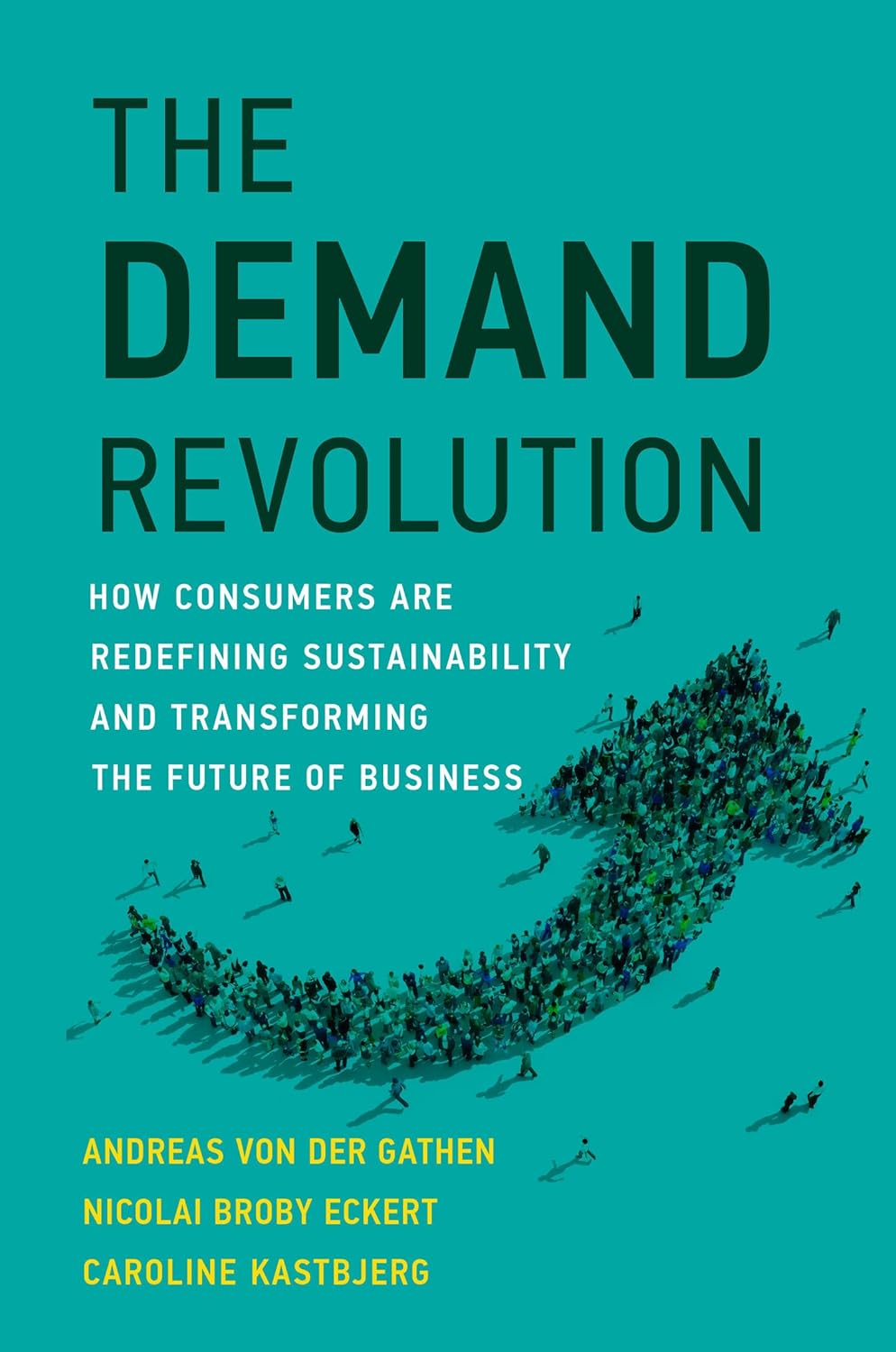Why Retailers Are Dropping the .99 Price Tag
 PriceBeam
·
1 minute read
PriceBeam
·
1 minute read

Within psychological pricing, one of the oldest tricks in the book is the .99 price tag. The logic behind this is that consumers will look at the left digit, so instead of charging $5.00, you charge $4.99, so the consumer will perceive it as $4.00. But it is, indeed, an old trick and consumers have grown accustomed to it long ago and its effect is questionable.
In fact, research is now indicating that the tables have turned due to the excessive use of the .99 price tag: so now, a $5.00 price tag will appear cheaper than a $4.99 one. It may seem a bit counterintuitive at first, but it actually makes perfect sense: For the last 40 years, .99 price tag have been literally everywhere -- except the real bargains. "Good X used to be $1.99, now only $1.00!". The .00 price tag was reserved exclusively for these kinds of deals, and research now shows that this has built an association with bargains in the mind of the consumer.
Moreover, these prices are much simpler for consumers to digest, which has a variety of positive effects, too. Shoppers do all sorts of arithmetics when they go shopping: The mum shopping for the next family meal does not only compare the price of apples and oranges, but the price of entire meals. This arithmetic becomes less mentally exhausting, especially when shopping in bulk, which consumers will subconsciously factor into their choice of supermarket.
Retailers are reacting to this by replacing .99 with .00 price tags, most recently the Australian supermarket chain Woolworths, and while dynamic pricing practices reduce the number of round- or close to round prices, you can probably expect to see many retailers experiment with this in the future -- maybe you should, too?
.png?width=400&height=100&name=PBLogoTransparent%20(1).png)



